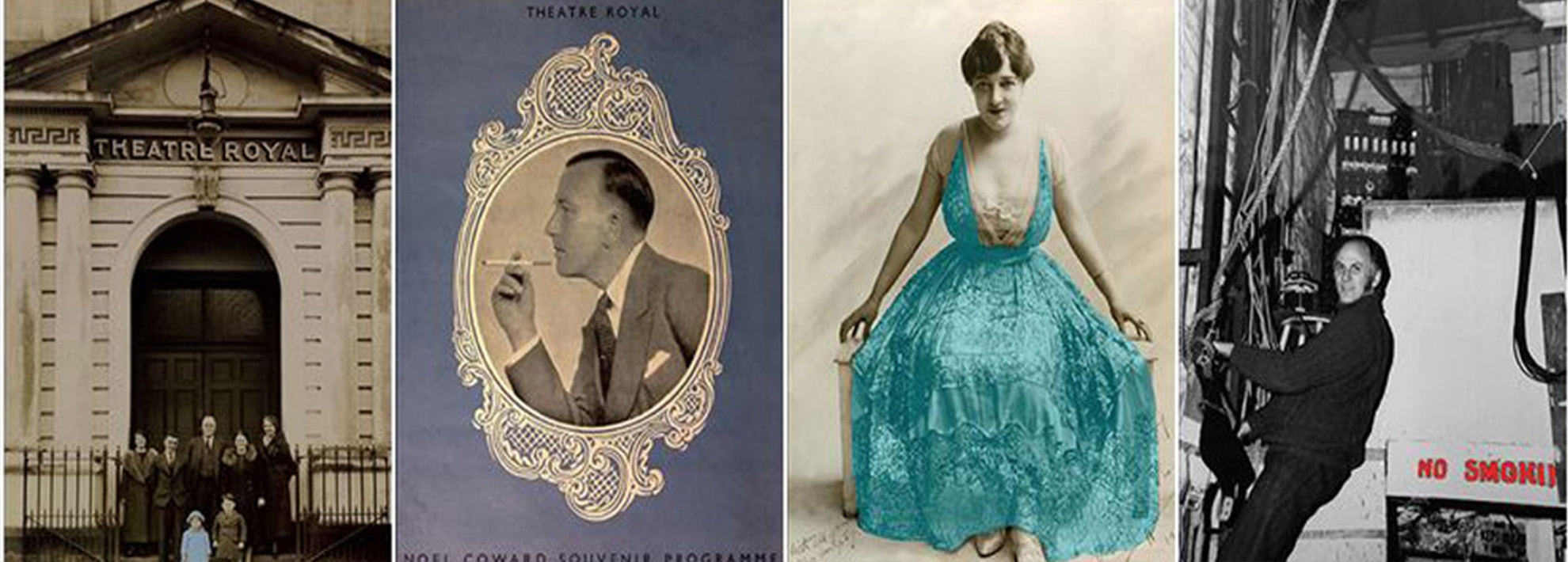History of the Theatre Royal
1830's
In 1834 a consortium of Hobart Town’s business leaders was formed with the aim of establishing a permanent theatre for the rapidly expanding colony. The theatre was designed by Peter Degraves, founder of Cascade, Australia’s oldest brewery, and has walls of convict-carved stone. The building design was approved by John Lee Archer, Colonial Engineer.
Built among the public houses, brothels, factories and tiny workers’ cottages of Wapping, the theatre opened in 1837.
It offered its original patrons entertainment ranging from music hall to cockfights and could even help to quench their thirsts at The Shades – a seedy tavern that operated beneath the auditorium with its own entrance into the theatre pit.
Prostitutes, sailors and general riffraff would enter the pit with tankards full and create all sorts of drama of their own, much to the displeasure of the gentry in the boxes. During intervals, drunken prostitutes could be seen bounding across the seats making a bee-line for the conveniences.
1850's
Over the years, the Theatre Royal has been remodelled, refurbished and restored. The addition of the gallery in the 1850s, new decoration to the auditorium in the 1890s are just a few of the contributions that successive generations of Tasmanians have made to their theatre.
1940's - Sir Laurence Olivier and Vivien Leigh
Saved from demolition several times – most notably in the late 1940s when Sir Laurence Olivier was among the many to leap to its defence – the theatre has withstood a disastrous fire, public criticism and the rigours of age.
1950's
At the beginning of the 1950’s, there were plans to demolish the Theatre Royal to build a transport hub in the Hobart area and live theatre was in decline because of the introduction of radio and film. In a feat of passion and commitment, Gwen Friend and her partner Fifi Banvard, established a permanent theatre company and relocated from Sydney to help reclaim the Theatre Royal ‘for the people’. They rented the Theatre from the National Theatre and Fine Arts Society (NATFAS). At the time, NATFAS, established by an act of Parliament to manage the Theatre, was struggling to find funds to support its upkeep. Using Gwen’s private funds, Gwen and Fifi set about refurbishing and equipping the theatre offering high quality drama and a new play every two weeks between July 1950 and March 1951 which helped to secure the future of the Theatre Royal.
1980's
June 1984 was a low point in the theatre’s history. A devastating fire destroyed much of the stage area and the front of the auditorium, and there was much smoke and water damage. A fundraising appeal was launched to raise the $1 million needed to carry out repairs. The money was raised and the theatre underwent major reconstruction and refurbishment, reopening in March 1986.
Countless leading figures of Australian and international theatre, dance and music have graced the Theatre Royal’s stage. Among them are J.C.Williamson, Laurence Olivier, Noel Coward, Vivien Leigh, Jack Davey, Roy ‘Mo’ Rene, Sybil Thorndike, Roger Woodward, Michael Redgrave, Lillian Gish, Peter Ustinov, Marcel Marceau, June Bronhill, Paul Mercurio, Ruth Cracknell, Ronnie Corbett, Ray Barrett, John Bell, Hugo Weaving and Charles ‘Bud’ Tingwell.
Dubbed by Noel Coward “a dream of a theatre”, the Theatre Royal is Australia’s oldest working theatre and one of its most beautiful treasures.
The Backspace Theatre
In the 1980s the Backspace Theatre was established and operated for nearly 40 years, serving the local arts community as a rehearsal space, black box theatre, cabaret and improvisation venue, professional theatre and a space for training and theatre development.
In conjunction with the mainstage program of the Theatre Royal, the Backspace Theatre supported a new culture of performance practice in Tasmania and helped develop a future generation of theatre audiences.
Today - Theatre Royal and The Hedberg
Today the Theatre Royal is not just a piece of Tasmania’s history but a living centre for the performing arts as part of The Hedberg building, with an annual curated program including First Nations work, drama, contemporary music, dance, circus and family shows.
There is a strong Tasmanian component within the annual program and this has recently included work from Archipelago Productions, Blue Cow Theatre Inc., Terrapin Puppet Theatre, The Show Company, John X Presents and others. National touring companies have included Bell Shakespeare, Bangarra, Opera Australia, Belvoir and Patch Theatre Company.
The theatre is also available for hire by professional and amateur companies and is used by corporate partners, businesses, conference organisers and local community groups for special events, meetings, conferences and special gatherings.
Oral History Project
The Friends of the Theatre Royal have a strong interest in the history of the Theatre and have undertaken interviews with a variety of people associated with the history of the Theatre Royal. This has included staff, performers and audience members. Listen here to an interview with Ken Short a long-time supporter, performer, patron and friend of the Theatre Royal.
Treading the Boards
If you are interested in the history of the Theatre Royal you may like to purchase 'Treading the Boards - A Popular History of the Theatre Royal, Hobart, the Theatre Royal Light Opera Company and Other Theatrical Developments' by Amanda Harper traces the history of 'Australia's oldest continually working theatre'.
Specifications: 29 x 24cm, landscape 168 pages.




 My cart (
My cart ( Login
Login
